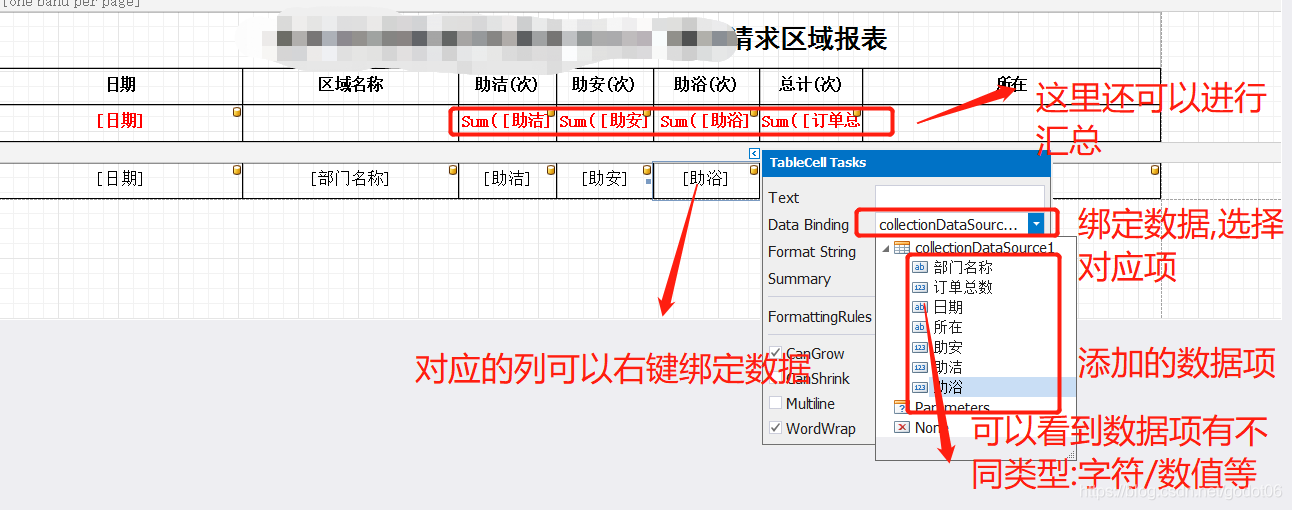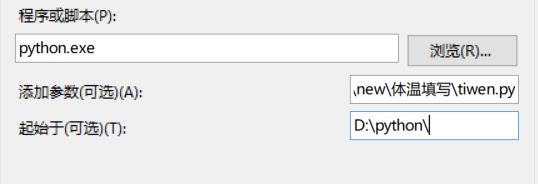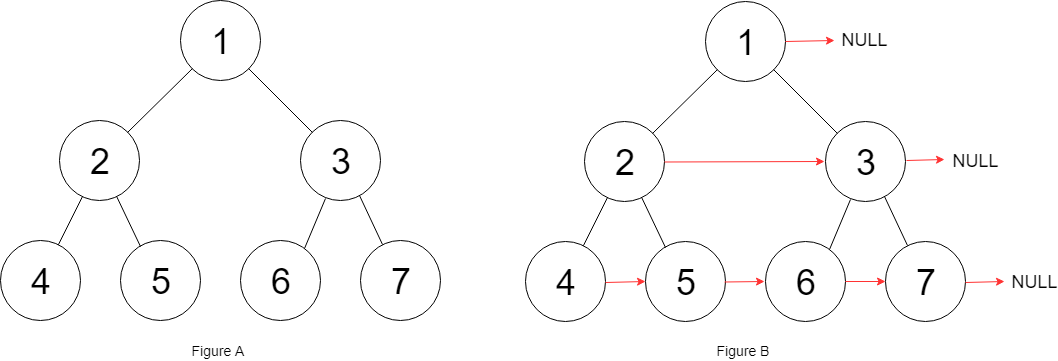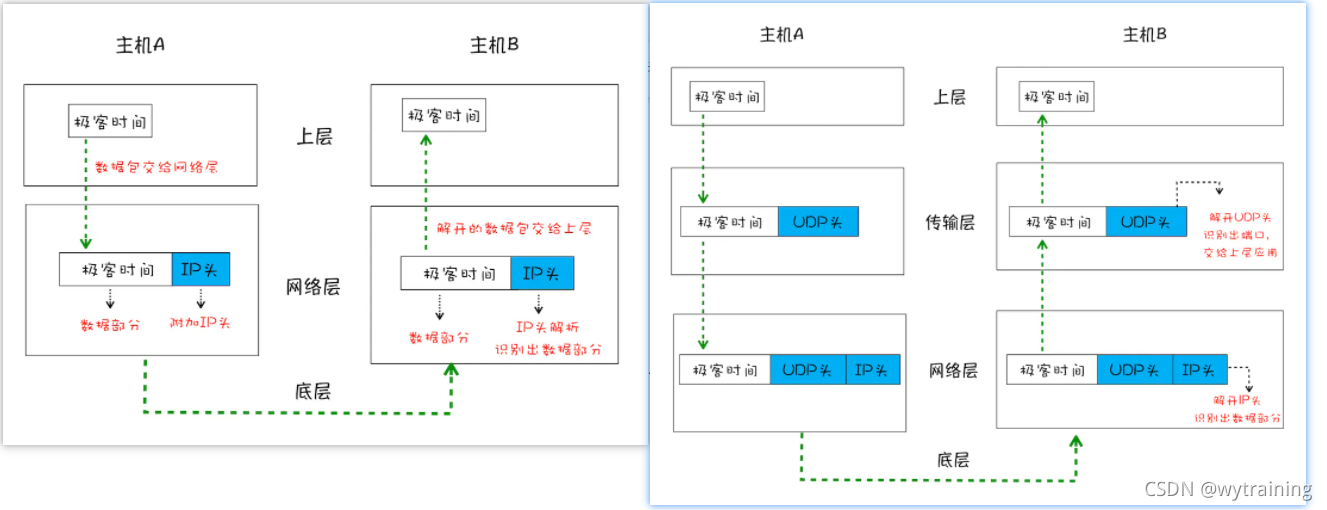当前位置:网站首页>Communication between RING3 and ring0
Communication between RING3 and ring0
2022-04-23 20:38:00 【Cambridge art student】
One 、IRP Three kinds of buffers
By looking at IRP Structure information of , We found that there are three ways to describe buffers , For different IO Category , The way the buffer is written is also different , As shown below :
| AssociatedIrp.SystemBuffer | It is generally used for solutions that are relatively simple and do not pursue efficiency hold R3 The buffered data in memory in the layer is copied to kernel space . Be careful , Direct copy . |
|---|---|
| MdlAddress | By construction MDL Can achieve this R3 To R0 Address mapping function .MDL Can be translated as " Memory descriptor chain ", It's essentially a pointer , From this MDL You can read out a virtual address of the kernel space . That makes up for UserBuffer Deficiency , Simultaneous ratio SystemBuffer The full copy method should be lightweight , Because there is actually no copy of this memory , Still in place . |
| UserBuffer | Ring3 The buffer address of is placed directly in UserBuffer in , Access directly in kernel space ( Efficient ). It should be noted that , When the current process is consistent with the sending process , The kernel can access the memory space of the application layer . One Once the kernel process has switched , This visit is over ( The context of the process has switched , Due to kernel space sharing , After switching, the corresponding contents of the same address are different ). |
char *Buffer = NULL;
if (Irp->AssociatedIrp.SystemBuffer)
Buffer = Irp->AssociatedIrp.SystemBuffer;
else if (Irp->MdlAddress) // MmGetSystemAddressForMdlSafe Is a macro , It's for MDL The described buffer returns a non paged system space virtual address .
Buffer = MmGetSystemAddressForMdlSafe(Irp->MdlAddress, NormalPagePriority);
else if (Irp->UserBuffer)
Buffer = Irp->UserBuffer;
}
During memory access ,IRP The three buffers correspond to three different read and write modes :
1、AssociatedIrp.SystemBuffer->DO_BUFFERED_IO:I/O The manager first creates a system buffer equal to the size of the user mode data buffer . And your driver will use this system buffer to work .I/O The manager is responsible for copying data between the system buffer and the user mode buffer .( Be careful , Direct copy )
2、MdlAddress->DO_DIRECT_IO:I/O The manager locks the physical memory page that contains the user mode buffer , And create one called MDL( Memory descriptor table ) Auxiliary data structure to describe the locked page . So your driver will use MDL Work .
3、UserBuffer->NEITHER(0):I/O The manager simply passes the virtual address of the user mode to you .
When we created the device , You should specify how to read and write the buffer
The above code can be used as a way to read and write buffer , It can also be done through DeviceObject Medium Falg Bit to control the read and write mode of the buffer .
NTSTATUS AddDevice(DriverObject, PhysicalDeviceObject)
{
PDEVICE_OBJECT dec;
IoCreateDevice(..., &dec);
dec->Flags |= DO_BUFFERED_IO;
//buffer or direct
dec->Flags |= DO_DIRECT_IO;
//neither
dec->Flags |= 0;
}
Two 、I/O Equipment control
There are four ways to transfer buffer data , By different means of transmission ,IO Equipment control 3 Circumferentially 0 The data of the ring is written and read , They are respectively defined as
#define METHOD_BUFFERED 0
#define METHOD_IN_DIRECT 1
#define METHOD_OUT_DIRECT 2
#define METHOD_NEITHER 3
Two kinds of DIRECT The difference between : Open the device with read-only permission ,METHOD_IN_DIRECT Of IOCTL Successful operation , and METHOD_OUT_DIRECT Of IOCTL operation failed ; Open device with read-write permission ,METHOD_IN_DIRECT And METHOD_OUT_DIRECT Of IOCTL Operation succeeded
switch (IoControlCode)
{
case IOCTL_GET_EVENT_DATA:
{
if (OutputBufferLength == sizeof(USER_EVENT_DATA))
{
PEVENT_DATA EventData;
LARGE_INTEGER Timeout;
Timeout.QuadPart = -3LL * 1000LL * 1000LL * 10LL; //
EventData = KenPopEventData(&Timeout);
// Take out the information in the linked list
if (EventData) {
KenBuildUserEventData(EventData, (PUSER_EVENT_DATA)Irp->AssociatedIrp.SystemBuffer);
// Here is to transfer user data to Ring0 layer
Irp->IoStatus.Information = sizeof(USER_EVENT_DATA);
Irp->IoStatus.Status = STATUS_SUCCESS;
}
}
break;
//............
}
In order to achieve Ring3 And Ring0 Interaction , Set up the only 32 Bit system I/O Control code , adopt Ring3 layer DeviceIoControl To achieve communication . Above IOCTL_GET_EVENT_DATA By CTL_CODE give , The first parameter is the equipment type (FILE_DEVICE_UNKNOWN); The second parameter defines the function code in the equipment category ,0-2047 Reserved for Microsoft , No more than 4095; The third parameter is IO Four ways to control the transfer of buffer data ; The fourth parameter is permission (FILE_READ_DATA).
#define CTL_CODE( DeviceType, Function, Method, Access ) (((DeviceType) << 16) | ((Access) << 14) | ((Function) << 2) | (Method))
3、 ... and 、Ring3 And Ring0 Communication for
After the above analysis ,Ring3 And Ring0 Communication can be understood as , The driver first determines the buffer read and write mode , Driver and application customization IO Control code , And then call DeviceIoControl function ,IO The manager will generate a MajorFunction by IRP_MJ_DEVICE_CONTROL(DeviceIoControl The function produces this IRP), adopt Ring3 Layer control code , Drive response to make corresponding judgment . To complete the Ring3 And Ring0 Communication for . For example, we use METHOD_BUFFERED, It means that the system passes the user's input and output through pIrp->AssociatedIrp.SystemBuffer To buffer , So this way of communication is more secure .
summary
1、 The device object sets the buffer read / write mode , Drivers and applications pass CTL_CODE Macro customization is good IO Control code , Specifies how buffer data is passed .
2、Ring0 Layer definition driver device name , Symbolic link name , Associate symbolic link names with device object names , wait for IO Control code (IoCreateDevice,IoCreateSymbolicLink).
3、Ring3 Layers are represented by symbolic link names CreateFile Function to get the device handle DeviceHandle, Re pass DeviceIoControl Send the control code to the dispatch function through the device handle to complete the communication .
Reference blog :https://www.cnblogs.com/LittleHann/p/3450436.html
版权声明
本文为[Cambridge art student]所创,转载请带上原文链接,感谢
https://yzsam.com/2022/04/202204210546556569.html
边栏推荐
- DOS command of Intranet penetration
- vulnhub DC:1渗透笔记
- Commande dos pour la pénétration de l'Intranet
- Matlab analytic hierarchy process to quickly calculate the weight
- Operation of numpy array
- 內網滲透之DOS命令
- 上海回應“面粉官網是非法網站”:疏於運維被“黑”,警方已立案
- 6-5 string - 2 String copy (assignment) (10 points) the C language standard function library includes the strcpy function for string copy (assignment). As an exercise, we write a function with the sam
- Historical track data reading of Holux m1200-e Bluetooth GPS track recorder
- How to use PM2 management application? Come in and see
猜你喜欢
![[graph theory brush question-4] force deduction 778 Swimming in a rising pool](/img/e3/a8cd9fc7773843e9e8ee6a6eba123f.png)
[graph theory brush question-4] force deduction 778 Swimming in a rising pool

Some basic knowledge of devexpress report development

Latest investigation and progress of building intelligence based on sati

Recognition of high-speed road signs by Matlab using alexnet
![[SQL] string series 2: split a string into multiple lines according to specific characters](/img/a2/835ff6f5593fae15c70104cfb19c42.png)
[SQL] string series 2: split a string into multiple lines according to specific characters

Elastic box model

16MySQL之DCL 中 COMMIT和ROllBACK

Automatically fill in body temperature and win10 task plan

LeetCode 116. Populate the next right node pointer for each node

Browser - learning notes
随机推荐
SQL Server Connectors By Thread Pool | DTSQLServerTP plugin instructions
Parsing methods of JSON data in C - jar and jobobject: error reading jar from jsonreader Current JsonReader item
LeetCode 1351、统计有序矩阵中的负数
ABAQUS script email auto notification
Research on open source OCR engine
6-5 string - 2 String copy (assignment) (10 points) the C language standard function library includes the strcpy function for string copy (assignment). As an exercise, we write a function with the sam
Implementation of mypromise
Analysis of the relationship between generalized Bim and CAD under the current background
Actual measurement of automatic ticket grabbing script of barley network based on selenium (the first part of the new year)
三十一. `prototype`显示原型属性和`__proto__`隐式原型属性
PostgreSQL basic functions
Leetcode 1346. Check whether integers and their multiples exist
Recommend an open source free drawing software draw IO exportable vector graph
Unity asset import settings
Install MySQL 5.0 under Linux 64bit 6 - the root password cannot be modified
6-5 字符串 - 2. 字符串复制(赋值) (10 分)C语言标准函数库中包括 strcpy 函数,用于字符串复制(赋值)。作为练习,我们自己编写一个功能与之相同的函数。
CONDA environment management command
LeetCode 1346、检查整数及其两倍数是否存在
Scripy tutorial - (2) write a simple crawler
Come in and teach you how to solve the problem of port occupation